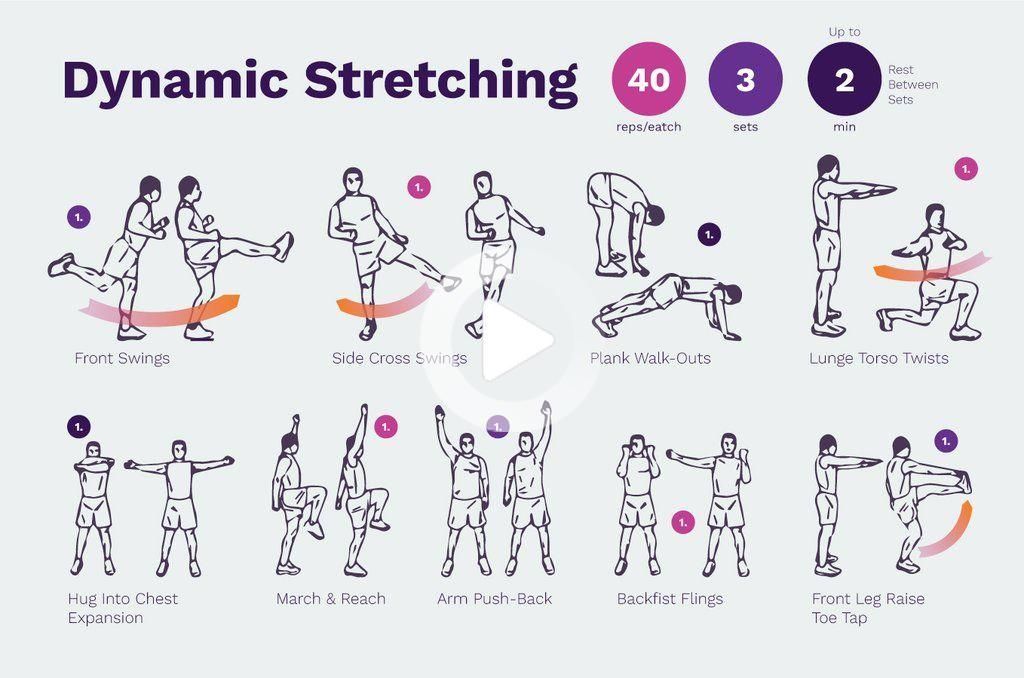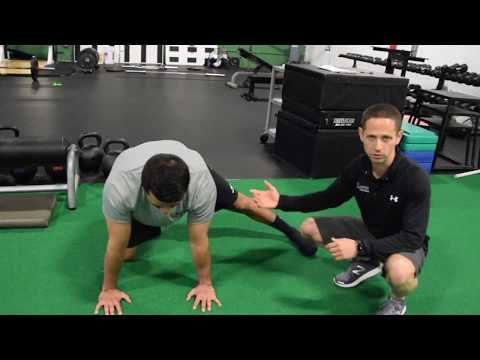Unlocking Your Body: The Importance of Flexibility
Flexibility is an essential aspect of overall physical fitness and plays a crucial role in maintaining a healthy body. It refers to the ability of the muscles and joints to move through their complete range of motion without any restrictions or limitations. Incorporating flexibility exercises into your fitness routine can not only enhance your athletic performance but also prevent injuries and improve your quality of life.
The Benefits of Flexibility Training
Flexibility training offers a myriad of benefits that impact both your physical and mental well-being. Let’s explore some of the key advantages:
Improved Joint Health
Engaging in regular flexibility exercises helps improve the health of your joints by reducing stiffness and increasing their range of motion. It enhances the lubrication of the joints and nourishes the cartilage, preventing degenerative conditions such as arthritis.
Enhanced Athletic Performance
Being flexible allows your body to move more freely, giving you the ability to perform better in various physical activities. It improves your speed, agility, and overall coordination, resulting in improved sports or athletic performance.
Prevention of Injuries
Increased flexibility can significantly lower the risk of injuries, especially strains and sprains. Flexibility exercises help to lengthen the muscles, tendons, and ligaments, making them less prone to tearing or overstretching. When your body is more flexible, it can absorb shocks and stresses more effectively, reducing the risk of sudden injuries.
Relief from Muscle Tension and Stress
Flexibility training can be an excellent way to release built-up muscle tension and reduce stress levels. Stretching exercises help relax the muscles, promoting better blood circulation and oxygenation. A more relaxed body can have a direct positive impact on your mental state and overall well-being.
Improved Posture
Regular flexibility exercises contribute to a better posture by reducing muscle imbalances and tightness. Stretching the tight muscles and strengthening the weak ones will help align your body correctly, resulting in improved posture, reduced back pain, and increased overall comfort.
Effective Flexibility Training Methods
To unlock your body’s full flexibility potential, it’s crucial to follow effective training methods. Here are some popular techniques:
Static Stretching
This technique involves stretching a muscle to its point of tension and holding that position for a set period. Static stretches are typically held for 20 to 30 seconds and should be done after a workout or any physical activity. They are great for improving overall flexibility and maintaining muscle length.
Dynamic Stretching
This technique involves moving parts of your body through a full range of motion repeatedly, gradually increasing the speed and range of motion over time. Examples include leg swings, arm circles, and gentle twists. Dynamic stretching is best performed as a warm-up before engaging in any physical activity to prepare the muscles for movement.
Proprioceptive Neuromuscular Facilitation (PNF)
This advanced flexibility technique involves a combination of stretching and contracting muscle groups. It requires a partner or a resistance band to facilitate the stretch. PNF stretching helps improve both the range of motion and muscle strength.
Yoga and Pilates
Yoga and Pilates are holistic practices that focus on flexibility, strength, and body control. These disciplines embrace a variety of stretching exercises, flowing movements, and controlled breathing techniques. Regular participation in yoga or Pilates classes can immensely enhance your flexibility and overall physical fitness.
Conclusion
Flexibility is a fundamental component of physical fitness and plays a significant role in keeping your body healthy and functional. Incorporating flexibility training into your regular workout routine can unlock your body’s potential, enhance athletic performance, prevent injuries, and promote better overall well-being. Whether through static stretches, dynamic movements, advanced techniques like PNF, or practicing yoga and Pilates, finding a flexibility training method that suits you will undoubtedly help you achieve a healthier and more flexible body.


